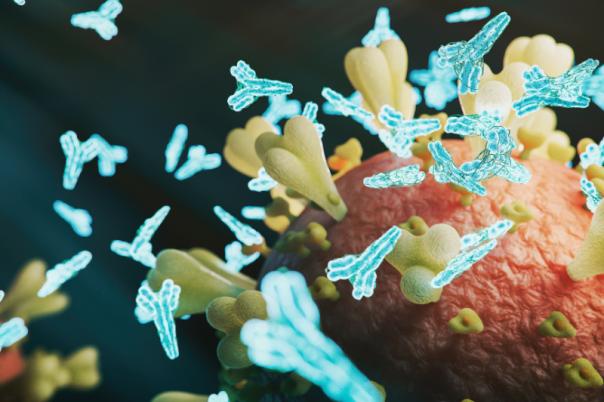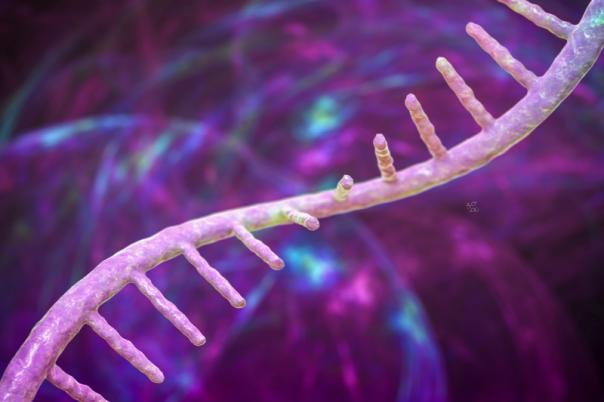Rapafusyn has several programmes with crystal structures. The original aim of the company was to build on the mechanism of rapamycin and repurpose the platform to recognise many different types of target proteins outside of traditional ones like calcineurin and mTOR.
Rick Ewing, Vice President & Head of Chemistry at Rapafusyn Pharmaceuticals delivered a presentation on a non-degrading molecular glue platform based on FBP12, which enables the targeting diverse intracellular proteins. Ewing explained that his approach can unlock topological diversity, giving the platform the ability to present various molecular shapes and access to new binding pockets thus increasing the range of potential drug targets including protein-protein interactions, transcription factors, and enzyme kinases.
The platform allows for the targeting of cytosolic proteins by forming ternary complexes which can be highly selective and potent. The main advantages of this are its high selectivity over homologous proteins, slow off-rate kinetics, and the ability to generate potent hits from DEL screens which tend to outperform traditional small molecule screening.
Furthermore, the platform uses the structural features of rapamycin to grow diverse libraries using modular amino acids and peptide mimetics. Ewing added that an AI algorithm was created to predict which intracellular proteins could accommodate FKBP12, improving the success rate of identifying viable targets for their platform (currently about 87%).
Next, the presentation turned to focus on GSTP1, a glutathione transferase highly expressed in many tumour types. Ewing commented that previous clinical candidates like Ezatiostat validates the target but demonstrated selectivity and potency issues. The RapaGlue platform identified new GSTP1 inhibitors with high potency and selectivity and slow off-rate kinetics. Yet one of the most remarkable studies was the discovery of a new allosteric binding pocket enabled by FKBP12, not seen in previous structures.
RapaGlue has produced several crystal structures for drug design, is advancing compounds toward IND for conditions like acute kidney injury. Ewing concluded that it is positioned to be target-agnostic, supporting multiple therapeutic areas including oncology and immunology.





